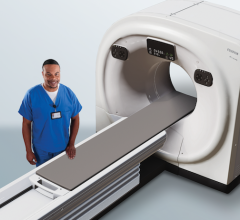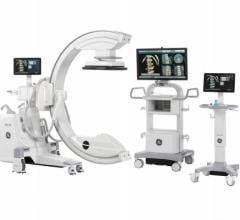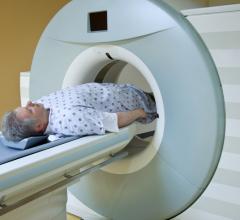March 1, 2013 — The American College of Radiology supports the Diagnostic Imaging Services Access Protection Act (H.R. 846), recently introduced by Reps. Pete Olson (R-TX), Peter Roskam (R-IL), John Barrow (D-GA), Betty McCollum (D-MN) and 38 House cosponsors. H.R. 846 would correct a 25 percent multiple procedure payment reduction to Medicare reimbursement for interpretation of advanced diagnostic imaging scans performed on the same patient, in the same session.
“This Medicare cut affects care for the most sick or injured patients — such as those with massive head and body trauma, stroke or widespread cancer — who often require interpretations by different doctors to survive. This pulls the rug out from under the doctors caring for the most vulnerable of Medicare patients. We thank this bipartisan group of representatives, particularly Reps. Olson, Roskam, Barrow and McCollum, for stepping up to address this arbitrary action that Medicare never should have taken,” said Paul H. Ellenbogen, M.D., FACR, chair of the American College of Radiology Board of Chancellors.
The cut that H.R. 846 addresses has little to no impact on the number of scans ordered. Radiologists rarely order exams, but perform those ordered by other providers. Because each imaging procedure produces a set of images requiring individual interpretation, the radiologist is ethically and professionally obligated to expend the same time and effort reviewing each image, regardless of the date of service. A 2012 study shows that any efficiencies in physician interpretation and diagnosis when the same patient is provided multiple services on the same day are variable and, at most, one-tenth of what policy makers contend.
Imaging cuts are also unnecessary and may cause more harm than good. Medicare spending on scans today is the same as it was in 2003 and the Health Care Cost Institute reports that imaging is the slowest growing of all physician services among the privately insured. Yet, Medicare imaging funding has been cut 12 times in recent years — totaling approximately $6 billion.
This has driven many imaging providers out of practice and is forcing imaging back into the hospital setting where Medicare costs and patient co-pays are often higher. According to the U.S. Food and Drug Administration (FDA), there are now more than 200 fewer mammography facilities and nearly 1,200 fewer mammography scanners available to American women than in 2007.
Due to lack of access to imaging, more illnesses may not be caught until advanced stages — affecting outcomes and raising treatment costs. In fact, a recent report by the Harvey L. Neiman Health Policy Institute shows that the length of hospital stays in the United States has increased, in nearly inverse proportion, to a decline in imaging use since 2006. Publicly available figures for the national average cost of a day in the hospital, and the number of Americans hospitalized each year, indicate that the added cost to the system from this increase in length of stay trend may be $17 billion – $21 billion per year.
“Rather than arbitrary cuts, Congress should focus on enacting evidenced-based payment and delivery policies that encourage the use of imaging appropriateness criteria accessed through computerized physician order entry systems, include mandatory accreditation of all imaging providers and incentivize medical imaging integration in electronic health records. These policies will help ensure efficient use of resources and that patients have access to the imaging care they need,” said Ellenbogen.
For more information: www.agr.org


 August 09, 2024
August 09, 2024 








